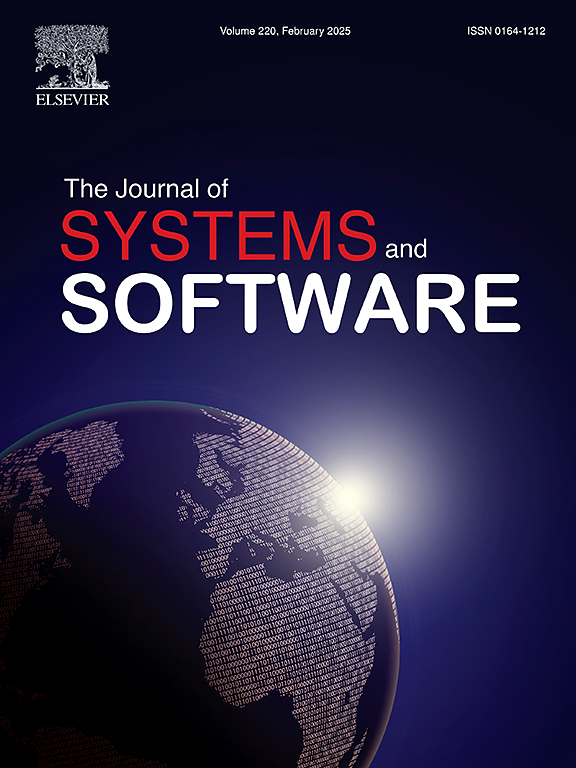Techniques for eliciting IoT requirements: Sensorina Map and Mind IoT
IF 3.7
2区 计算机科学
Q1 COMPUTER SCIENCE, SOFTWARE ENGINEERING
引用次数: 0
Abstract
Context:
The Internet of Things (IoT) involves heterogeneous devices that interact and process data via the Internet. In the development of IoT systems, requirement elicitation is crucial. However, challenges such as heterogeneity, interoperability, scalability, and requirements volatility necessitate new approaches or adapting traditional techniques.
Objective:
In this context, this work proposes the Sensorina Map and IoT Mind as techniques adapted from the Empathy Map and Mind Map, respectively, to support requirement elicitation in IoT systems.
Method:
Two empirical studies were conducted in an academic environment to assess the feasibility of the techniques, then, a case study in industry environment.
Results:
The first study analyzed the ease of use and evaluated if it assisted software engineers in remembering the system requirements. The participants’ perceptions were collected through a Focus Group, refining the techniques. Subsequently, an observational study evaluated the techniques’ usefulness and ease of use. The results of the study demonstrated that the participants considered the methods feasible. The case study results revealed that the Sensorina Map is more suitable for advanced stages. At the same time, the Mind IoT suits better the initial phases, emphasizing the need for practical examples and adaptations to suit diverse user profiles.
Conclusion:
This work is expected to advance research in IoT systems and benefit professionals and researchers in this area.
求助全文
约1分钟内获得全文
求助全文
来源期刊

Journal of Systems and Software
工程技术-计算机:理论方法
CiteScore
8.60
自引率
5.70%
发文量
193
审稿时长
16 weeks
期刊介绍:
The Journal of Systems and Software publishes papers covering all aspects of software engineering and related hardware-software-systems issues. All articles should include a validation of the idea presented, e.g. through case studies, experiments, or systematic comparisons with other approaches already in practice. Topics of interest include, but are not limited to:
•Methods and tools for, and empirical studies on, software requirements, design, architecture, verification and validation, maintenance and evolution
•Agile, model-driven, service-oriented, open source and global software development
•Approaches for mobile, multiprocessing, real-time, distributed, cloud-based, dependable and virtualized systems
•Human factors and management concerns of software development
•Data management and big data issues of software systems
•Metrics and evaluation, data mining of software development resources
•Business and economic aspects of software development processes
The journal welcomes state-of-the-art surveys and reports of practical experience for all of these topics.
 求助内容:
求助内容: 应助结果提醒方式:
应助结果提醒方式:


